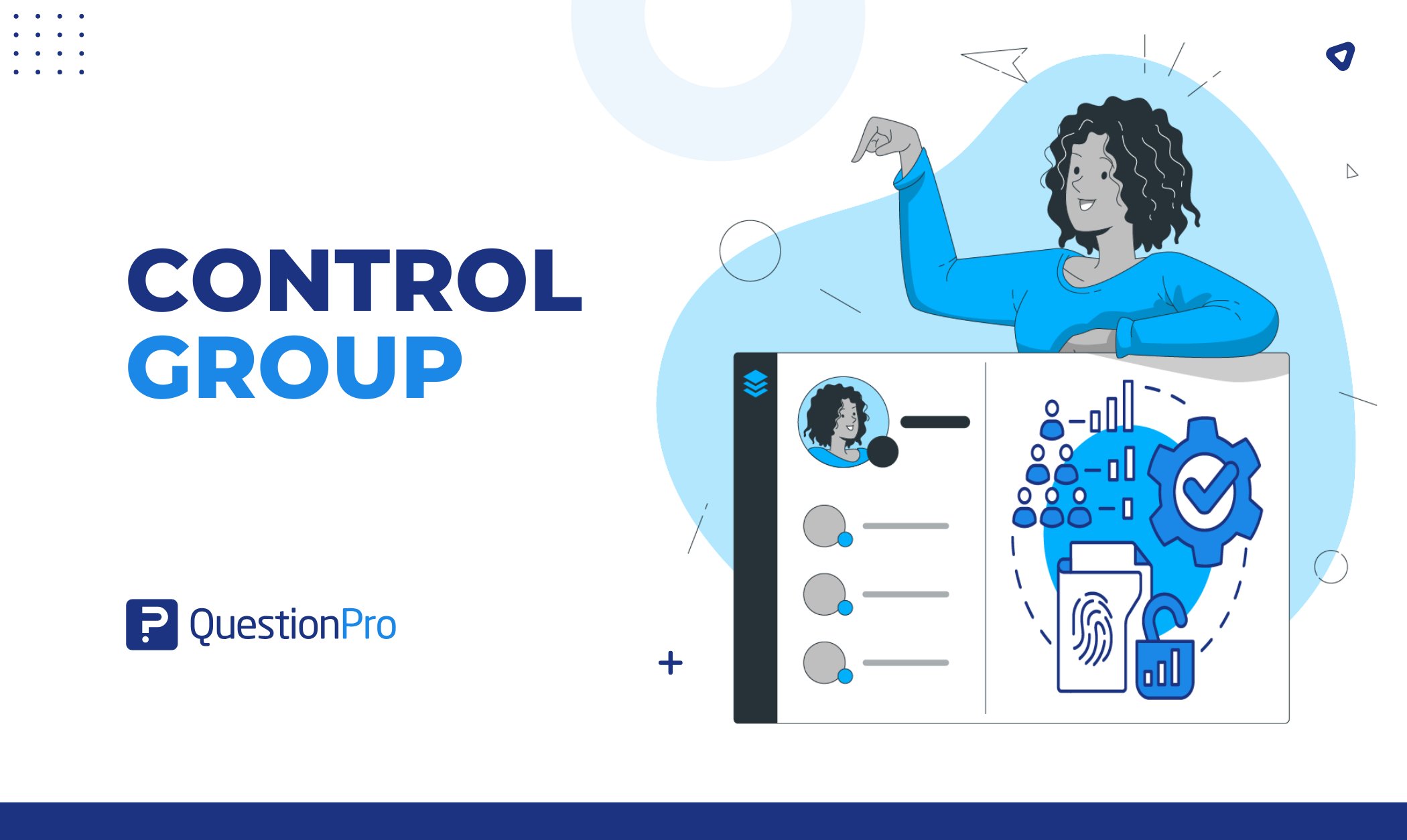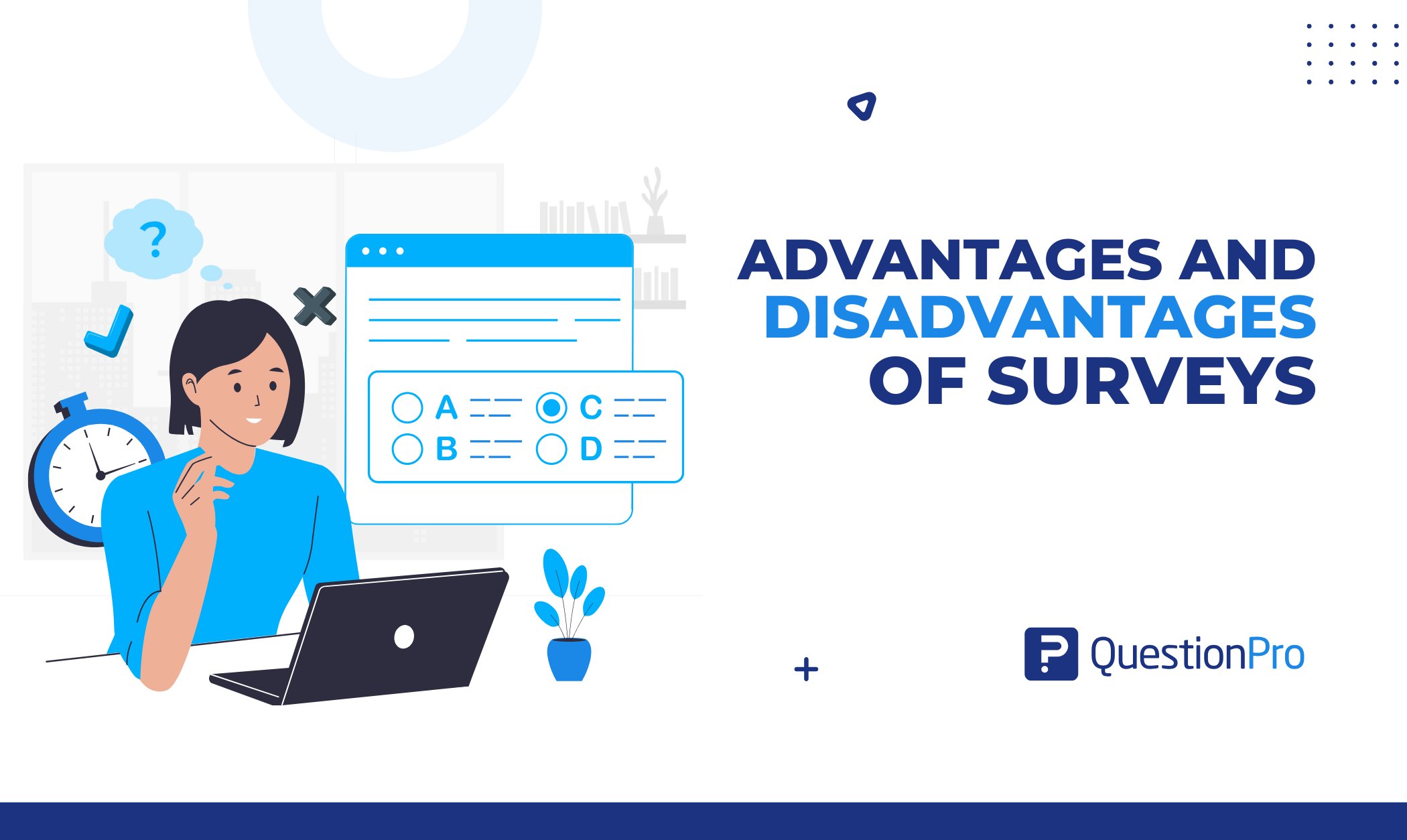
In a world where everyone’s voice is just a click away, understanding what people really think is a powerful skill. Businesses, researchers, and decision-makers have a secret weapon for this – opinion mining. But what exactly is it, and how does it work?
It is like a detective for emotions in the world of language. It focuses on extracting and analyzing opinions, sentiments, and subjective information from written or spoken words.
In this blog, we’ll break down what opinion mining is, explore its types, and discover the techniques that make it tick.
What is Opinion Mining?
Opinion mining, also known as sentiment analysis, is a field of natural language processing (NLP) that focuses on extracting and analyzing opinions, sentiments, and subjective information from written or spoken language.
Opin mining aims to determine the attitude or emotional tone expressed in a text, whether positive, negative, or neutral. The process typically involves the following steps:
- Text Collection
- Pre-processing
- Feature Extraction
- Sentiment Analysis
- Opinion Summarization
Opinion mining has practical applications in various fields, including business, marketing, customer service, and social media analysis. Companies use opinion mining to understand customer feedback, gauge public sentiment towards their products or services, and make informed decisions based on the insights obtained from analyzing opinions.
It’s a valuable tool for businesses to manage their reputation, improve customer satisfaction, and stay competitive in the market.
Importance of Opinion Mining
Opinion mining holds significant importance in various fields because it can extract valuable insights from large amounts of textual data. Here are some key reasons why opinion mining is important:
Understanding the Customer Voice
Understanding what customers are saying about products and services is important. Opinion mining allows companies to tap into the customer’s voice by analyzing reviews, social media posts, and feedback. By deciphering sentiments, businesses can identify areas for improvement, enhance customer satisfaction, and stay ahead of the competition.
Shaping Brand Reputation
Your brand is not just what you say it is; it’s what your customers say about it. Opinion mining helps in brand reputation management by monitoring sentiments across social media platforms. This proactive approach allows businesses to address negative feedback promptly, preventing potential crises and preserving a positive brand image.
Guiding Product Development
Creating products that resonate with consumers is a perpetual challenge. Opinion mining provides a compass for product development by uncovering insights into what customers like or dislike about current offerings. Businesses can innovate and tailor products to meet market demands by prioritizing features based on customer preferences.
Informed Decision-Making
Businesses are bombarded with data every day, but opinion mining filters the noise and distills meaningful insights. Leaders can make informed decisions by considering the sentiments expressed in customer reviews, market trends, and social media conversations. This data-driven approach is crucial for staying agile and responsive to changing dynamics.
Enhancing Customer Support
Customer satisfaction is at the core of any successful business. Opinion mining contributes to this by providing a lens into customer support interactions. Businesses can enhance their support services by identifying and addressing issues highlighted in sentiments, ensuring a positive customer experience.
Opinion Mining vs Sentiment Analysis
Opinion mining and sentiment analysis are often used interchangeably, but they can have slightly different meanings depending on the context. In general, both terms refer to the process of extracting subjective information, opinions, and positive sentiment or negative sentiment from text. However, there are subtle distinctions between the two concepts:
Opinion Mining
Opinion mining is a broader term that encompasses the extraction of opinions, sentiments, emotions, and subjective information from text. It includes the identification of various aspects of opinions, such as opinions about features, aspects, entities, or events. It may involve analyzing the expressed sentiments’ strength, polarity, and subjectivity.
Opinion mining can be applied to different domains beyond sentiment analysis, including identifying preferences, beliefs, evaluations, and attitudes.
Sentiment Analysis
Sentiment analysis is a subset of opinion mining that focuses specifically on determining a text’s sentiment or emotional tone. It primarily categorizes text into positive, negative, or neutral sentiments. It’s a more narrow application of opinion mining that centers on understanding the emotional context of the expressed opinions.
Sentiment analysis is often used in business and marketing contexts to evaluate customer reviews, social media posts, and other textual data for overall sentiment.
Opinion mining is a broader umbrella term that encompasses the analysis of various subjective elements in the text, including sentiments, emotions, and opinions about different aspects. On the other hand, Sentiment analysis is a specific type of opinion mining that focuses specifically on determining whether the expressed sentiments are positive, negative, or neutral.
While they share similarities, the key difference lies in the scope and depth of the analysis they perform within the realm of subjective information extraction.
Types of Opinion Mining
Opinion mining involves various types of analysis to extract and understand subjective information from text. The main types of opinion mining include:
1. Sentiment Analysis
Sentiment analysis focuses on categorizing opinions expressed in text as positive, negative, or neutral. It aims to determine the emotional tone of the text.
Commonly used in business and marketing to analyze customer reviews, social media posts, and other textual data for sentiment. Helps businesses understand public perception and make data-driven decisions.
2. Aspect-Based Sentiment Analysis (ABSA)
ABSA goes beyond overall sentiment analysis by identifying specific aspects or features within a piece of text and associating sentiments with each aspect. It is useful for understanding opinions about various product or service components. For example, in a restaurant review, ABSA might separately identify sentiments related to food quality, service, and ambiance.
3. Emotion Analysis
Emotion analysis aims to identify and categorize the emotions expressed in text, such as joy, anger, sadness, fear, or surprise. It is used in diverse fields, including customer service interactions, social media monitoring, and healthcare, to understand emotional responses and improve user experiences.
4. Opinion Summarization
Opinion summarization involves condensing a large number of opinions and reviews into a concise and informative summary. It helps businesses quickly grasp the overall sentiment and key points expressed in a set of reviews or opinions, facilitating decision-making.
5. Comparative Opinion Mining
Comparative opinion mining involves analyzing opinions that compare two or more entities, products, or concepts. It is commonly used in competitive analysis, marketing, and product development to understand how customers perceive different options and make informed comparisons.
6. Feature-Based Opinion Mining
Feature-based opinion mining focuses on identifying specific features, attributes, or components mentioned in the text and associating opinions with each feature. It is useful for product development and improvement by understanding which features users praise or criticize.
7. Multimodal Opinion Mining
Multimodal opinion mining involves analyzing opinions from multiple modalities, such as text, images, audio, or video. It enables a more comprehensive understanding of opinions by considering information from various sources, enhancing multimedia content analysis.t.
These types of opinion mining provide a nuanced understanding of subjective information in text, allowing businesses and researchers to extract valuable insights for decision-making and improvement. The choice of the specific type depends on the goals and context of the analysis.
Opinion Mining Techniques
Opinion mining is a field of natural language processing techniques that focuses on extracting and analyzing opinions, sentiments, and emotions expressed in text. Here are some sentiment analysis techniques and best practices to follow in opinion mining:
Natural Language Processing (NLP)
Natural Language Processing is at the core of opinion mining. NLP techniques enable computers to understand, interpret, and generate human-like text.
By employing tools like tokenization, part-of-speech tagging, and named entity recognition, NLP helps break down text into meaningful components, allowing for a more accurate analysis of sentiments.
Text Preprocessing
Before diving into sentiment analysis, it’s crucial to preprocess the text data. This involves removing stop words, punctuation, irrelevant symbols, and stemming or lemmatization to reduce words to their base form.
Text preprocessing enhances the accuracy of sentiment analysis algorithms by simplifying the text while retaining its essential meaning.
Machine Learning Algorithms
Machine learning algorithms, particularly supervised learning techniques, are widely employed in opinion mining. These algorithms learn from labeled datasets, where each piece of text is associated with a sentiment label (positive, negative, or neutral).
Popular machine learning algorithms for sentiment analysis include Support Vector Machines (SVM), Naive Bayes, and Decision Trees.
Lexicon-Based Approaches
Lexicon-based approaches rely on sentiment lexicons or dictionaries containing words annotated with corresponding sentiment polarity. These lexicons are pre-built and cover a vast range of words.
Lexicon-based approaches can determine a positive or negative sentiment in a piece of text, and they can determine the overall sentiment. However, they may struggle with context-dependent sentiments and sarcasm.
Deep Learning Models
With the advancements in deep learning, neural networks have become powerful tools for sentiment analysis.
Recurrent Neural Networks (RNNs) and Long Short-Term Memory networks (LSTMs) are commonly used for sequence modeling tasks, making them suitable for analyzing textual data. Convolutional Neural Networks (CNNs) also effectively extract features from text for sentiment classification.
Opinion mining might sound like a big mystery, but with these simple techniques, it’s more like solving a fun puzzle. Clean up your text, find the special words, and let your computer friend learn. Dive into the world of opinions, and soon, you’ll be a pro at understanding what people really think!
Applications of Opinion Mining
Here, we’ll explore the simple yet powerful applications of opinion mining that profoundly impact various aspects of our digital lives.
1. Social Media Analysis
Monitoring and analyzing opinions expressed on social media platforms.
Utilizing machine learning tools to perform real-time sentiment analysis on social media mentions allows businesses to understand public sentiment, track brand mentions, and engage with customers.
2. Brand Awareness
Assessing public perception of a brand through sentiment analysis.
Analyzing news stories, blogs, social media, and forums to understand how the public perceives a brand. This helps track brand sentiment over time and make informed decisions to enhance brand image.
3. Customer Feedback
Analyzing opinions and sentiments expressed by customers about products or services.
Employing sentiment analysis tools to gather insights from customer feedback, reviews, surveys, and social media. This helps businesses understand customer satisfaction, identify areas for improvement, and enhance overall customer experience.
4. Customer Service
Evaluating sentiments in customer interactions to enhance service quality.
Using sentiment analysis to assess customer service communication through various channels like chatbots, emails, and support tickets. This allows businesses to maintain a consistent tone, address issues promptly, and improve overall customer service effectiveness.
5. Market Research
Analyzing opinions to identify market trends, preferences, and opportunities.
Employing sentiment analysis for market research to understand consumer opinions, identify emerging trends, and gain insights into competitive landscapes. This information helps in making informed business decisions and staying competitive.
6. Evaluating Marketing Campaigns
Assessing public reactions to marketing campaigns and advertisements.
Using real-time sentiment analysis to track and analyze sentiment related to marketing campaigns. This helps businesses understand the effectiveness of their campaigns, identify improvement areas, and adjust strategies based on customer feedback.
7. Crisis Management
Detecting and managing negative sentiments during potential crises.
Using a sentiment analysis system to monitor public sentiment during crises allows businesses to detect issues early and respond promptly. This aids in managing and mitigating the impact on brand reputation.
These opinion-mining applications empower businesses to leverage public opinions for strategic decision-making, customer engagement, and overall business improvement.
Ethical Considerations and Challenges
The field of opinion mining has become increasingly important. However, along with its benefits, sentiment analysis challenges need to be addressed. Let’s explore these issues in a simple way.
Privacy Concerns
Opinion mining often involves analyzing personal opinions, and sentiments expressed online. Respecting individuals’ privacy rights and ensuring that their data is handled responsibly is crucial. Researchers and businesses should be transparent about collecting and using this information, obtaining consent whenever necessary.
Biased Algorithms
Opinion mining algorithms can unintentionally reflect biases present in the data they are trained on. If the training data is biased, the algorithm’s results may also be biased. This is a challenge because biased opinions can lead to unfair or discriminatory outcomes. It’s essential to regularly evaluate and adjust algorithms to minimize bias and ensure fair representation.
Handling Sensitive Topics
Opinions often touch on sensitive subjects, and analyzing them requires careful consideration. Ethical opinion mining involves sensitively approaching topics like race, religion, and politics. Researchers should be aware of the potential impact of their analyses and strive to avoid contributing to the spread of misinformation or perpetuating stereotypes.
Consent and User Awareness
Users may not always be aware that their opinions are being collected and analyzed. It’s important for businesses and platforms to inform users about the purpose of opinion mining activities and give them the option to opt-out if they choose. Respecting user consent and providing clear information can help build trust.
Security of Data
Handling large amounts of data comes with the responsibility of ensuring its security. Opinion mining often involves processing vast datasets, and it’s crucial to implement robust security measures to protect this data from unauthorized access or breaches. Safeguarding user information should be a top priority.
How QuestionPro Can Help in Opinion Mining?
In an era where understanding public sentiment is crucial for businesses, researchers, and decision-makers, opinion mining has emerged as a powerful tool. One platform that stands out in facilitating effective opinion mining is QuestionPro. Let’s explore how QuestionPro can help in extracting valuable insights from the sea of public opinions.
1. Creating Surveys for Precision
At the heart of opinion mining lies the art of creating effective surveys. QuestionPro empowers users to create tailored surveys incorporating closed-ended and open-ended questions. This versatility allows for the collection of quantitative metrics and qualitative nuances, painting a comprehensive picture of opinions.
2. Simplifying Sentiment Analysis
Sorting through vast datasets can be daunting, but not with QuestionPro. Its built-in sentiment analysis tools streamline the process, categorizing responses into positive, negative, or neutral sentiments. This efficiency is a game-changer, particularly when dealing with large volumes of feedback.
3. Deeper Text Analytics
Uncovering insights from open-ended responses is made seamless through QuestionPro’s text analytics features. By identifying key phrases, sentiments, and recurring themes within textual data, users gain a deeper understanding of the context and emotions underlying opinions.
4. Exploring Social Media Insights
Recognizing the significance of social media in shaping opinions, QuestionPro seamlessly integrates with popular platforms. This ensures that surveys can tap into real-time conversations, allowing businesses and researchers to capture the pulse of public sentiments as they unfold.
5. Real-Time Reporting for Decision-Making
Time is of the essence in the digital age. With QuestionPro’s real-time reporting, users can monitor and analyze opinions as they pour in. This agility empowers decision-makers with timely insights, enabling them to adapt strategies based on current trends.
6. Visualizing Data for Clarity
Data, when presented visually, becomes more accessible and impactful. QuestionPro offers robust data visualization tools, allowing users to transform survey results into intuitive charts and graphs. This visual clarity enhances the communication of opinions within teams and to stakeholders.
7. Benchmarking for Contextual Insights
Context is key to understanding the significance of opinions. QuestionPro allows users to benchmark survey results against industry standards or past data, offering a contextual lens through which opinions can be evaluated and interpreted.
8. Advanced Analytics for Strategic Planning
QuestionPro provides advanced tools such as predictive analytics and machine learning algorithms for those seeking to push the boundaries of analysis. These tools uncover hidden patterns and trends, facilitating a deeper understanding of opinions and supporting strategic planning.
Conclusion
Opinion mining is a vital tool for businesses to extract valuable insights from public opinions. It helps in customer service, brand management, product development, and market research. The diverse types of opinion-mining techniques, from sentiment analysis to emotion analysis, provide complete insights for decision-making.
QuestionPro stands out as a platform offering tailored surveys, sentiment analysis tools, social media integration, and advanced analytics, empowering businesses to responsibly navigate and leverage public opinions. So, explore the world of opinions, and soon, you’ll be a pro at understanding what people think!







